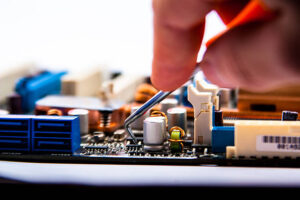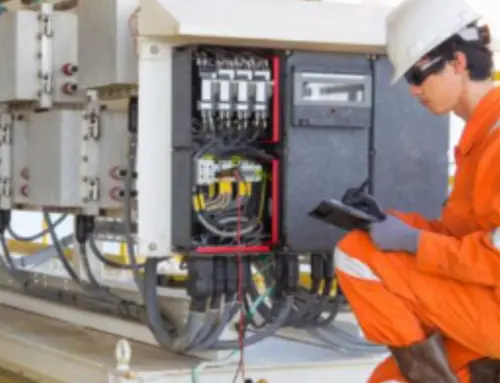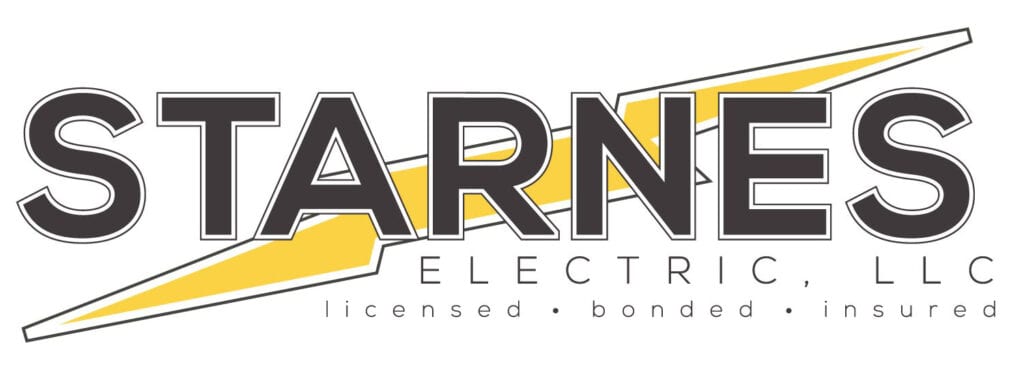
If you’ve ever tried to decipher an electrical drawing or schematic, you’ve likely been confronted with a bewildering array of symbols and lines that at first glance might seem like hieroglyphics. But just like any language, once you break it down and understand the alphabet, it becomes much easier to read and comprehend. In the world of electricity, these symbols form the core of electrical communication.
Let’s dive into the basics and unravel the mystery behind these symbols.
Why Do We Use Electrical Symbols?
Before we decode the symbols, it’s important to understand why we use them in the first place. Electrical diagrams use symbols to represent electrical components because it simplifies the drawing and makes it easier to understand at a glance. Instead of writing out “resistor” or “capacitor”, a simple symbol is used, making the diagram cleaner and less cluttered.
Common Electrical Symbols:
- Resistor: This symbol looks like a jagged line and, true to its appearance, represents resistance in a circuit. The resistor restricts the flow of electrical current, and its primary purpose is to control voltage and current levels.
- Capacitor: There are two common symbols for capacitors. One looks like two parallel lines (for non-polarized capacitors) and the other has one curved line and one straight line (for polarized capacitors). Capacitors store energy and release it when needed.
- Battery: Represented by alternating small and long lines. This symbol indicates a power source, with the longer line usually signifying the positive end.
- Switch: A simple break in a line with an angle to represent the act of ‘switching’. It’s used to either close (connect) or open (disconnect) a circuit.
- Ground: This looks like a series of descending lines or triangles. Grounding is crucial for safety as it provides a path for excess current to flow back to the earth.
- Diode: A triangle pointing to a line. Diodes allow current to flow in only one direction, acting as a one-way street.
- Transistor: It’s a bit more intricate, with three connecting terminals. Transistors are semi-conductors used to amplify or switch electronic signals.
How to Read an Electrical Drawing:
When first looking at an electrical drawing, it might seem overwhelming. But just like reading a book, there’s a logical flow and structure.
Start with the Power Source: Find the battery symbol or another source of power. This is usually where the electrical current starts.
Follow the Path: Just as you would read a road map, trace the lines in the drawing. They represent wires and the path of electrical flow. Along this path, you’ll encounter various symbols (components) that affect the current in different ways.
Look for Notes or Numbers: Often, electrical diagrams will have numbers or notes next to symbols, especially resistors and capacitors. These indicate specific values or additional information about the component.
Grounding: Always note where the grounding symbols are. They show important safety points in the circuit.
Tips for Decoding Electrical Drawings:
- Familiarize with Basics: Before diving deep, make sure you’re familiar with the basic symbols. Over time, identifying these symbols will become second nature.
- Color Codes: Sometimes, electrical diagrams use color codes, especially for wiring. A legend or key might explain these.
- Ask for Help: If you’re ever unsure, don’t hesitate to ask someone more experienced or refer to online resources and forums.
Understanding electrical symbols is much like learning a new language. With practice, patience, and continued exposure, you’ll soon find that you can fluently “read” and comprehend electrical drawings. By familiarizing yourself with the basics and practicing regularly, you’ll unlock the ability to diagnose issues, design circuits, or simply appreciate the intricacies of electrical systems around you. So the next time you see an electrical diagram, approach it with confidence, knowing you’re well on your way to decoding its secrets!
Quick Answers To Your Questions
Electrical drawings might at first look like mysterious art pieces full of cryptic symbols. But, just like understanding art, once you break down the symbols and their meanings, everything starts making sense. It might be hard to remember certain things sometimes, so here’s a short list of helpful reminders:
What Are Electrical Drawing Symbols?
- Visual Representations: They’re graphical representations used to denote various electrical components or functions.
- Universal Language: These symbols are universally recognized, meaning that an electrical engineer in Japan can understand a circuit designed in Brazil.
- Simplified Communication: Symbols help simplify complex components and circuits, making the drawing neat and easier to read.
What Is Electrical Symbols Define And Explain Electrical Terms?
- Resistor Symbol: Looks like a jagged line and represents resistance in a circuit, which restricts the flow of electrical current.
- Capacitor Symbol: Can be two parallel lines (non-polarized) or one straight and one curved line (polarized). Capacitors store and release electrical energy.
- Battery Symbol: Comprises alternating short and long lines, indicating the power source in a circuit.
- Switch Symbol: A break in a line, representing the ability to open or close a circuit.
- Ground Symbol: A series of descending lines or triangles, crucial for safety as it represents a connection to the earth.
- Diode Symbol: A triangle pointing to a line, signifying that current can only flow in one direction.
- Transistor Symbol: A more intricate design with three terminals, representing its function to amplify or switch electronic signals.
What Is The Significance Of Electrical Symbols In Electrical Drawing?
- Efficiency: Symbols make diagrams cleaner, eliminating the need for lengthy textual explanations.
- Universal Understanding: These standardized symbols ensure that electrical diagrams can be read and understood globally, irrespective of language barriers.
- Safety: Symbols help in clear communication, which is critical for safely building and repairing electrical systems.
- Consistency: Using symbols ensures that every professional works off a consistent base, which is vital for troubleshooting, constructing, and maintaining systems.
How Do You Read And Understand Electrical Drawings?
- Starting Point: Always begin by identifying the power source, usually symbolized by a battery.
- Follow the Lines: Think of the lines as roads in a map. They represent the path of electrical flow. As you trace these, you’ll encounter different symbols indicating how the current is manipulated or used.
- Decode the Notes: Often, numbers or annotations accompany symbols, especially for components like resistors and capacitors. These provide specific values or extra information.
- Grounding Check: Always pinpoint where the grounding symbols are. This gives insights into the safety points in the circuit.
- Practice: Like any skill, the more you expose yourself to electrical drawings, the easier it becomes to understand them. Regularly review different diagrams to get comfortable.
- Seek Help When Needed: If a particular symbol or configuration stumps you, don’t hesitate to consult with peers, mentors, or online platforms.
To wrap it up, diving into electrical drawings and symbols is much like learning the basics of a new language. It may seem challenging at first, but with patience, exposure, and a keen interest, the once mysterious symbols will become familiar friends. Whether you’re a budding electrician, an engineering student, or someone merely curious about how our electrical world is crafted, knowing these symbols is your key to unlocking a universe of knowledge.
Unlock the World of Electrical Knowledge with Starnes Electric LLC!
Don’t let electrical drawings remain a mystery. At Starnes Electric LLC, we are committed to empowering you with the knowledge and skills to decode these complex diagrams. Our team of experienced professionals are always ready to guide you, ensuring you not only understand the symbols but also appreciate the intricate art of electrical circuitry. Whether you’re an aspiring electrician, a dedicated engineering student, or a curious individual, join us and unlock a universe of knowledge about the electrical world. It’s time to turn the unknown into the known. Reach out to us at Starnes Electric LLC, and let’s illuminate the path of electrical learning together!





